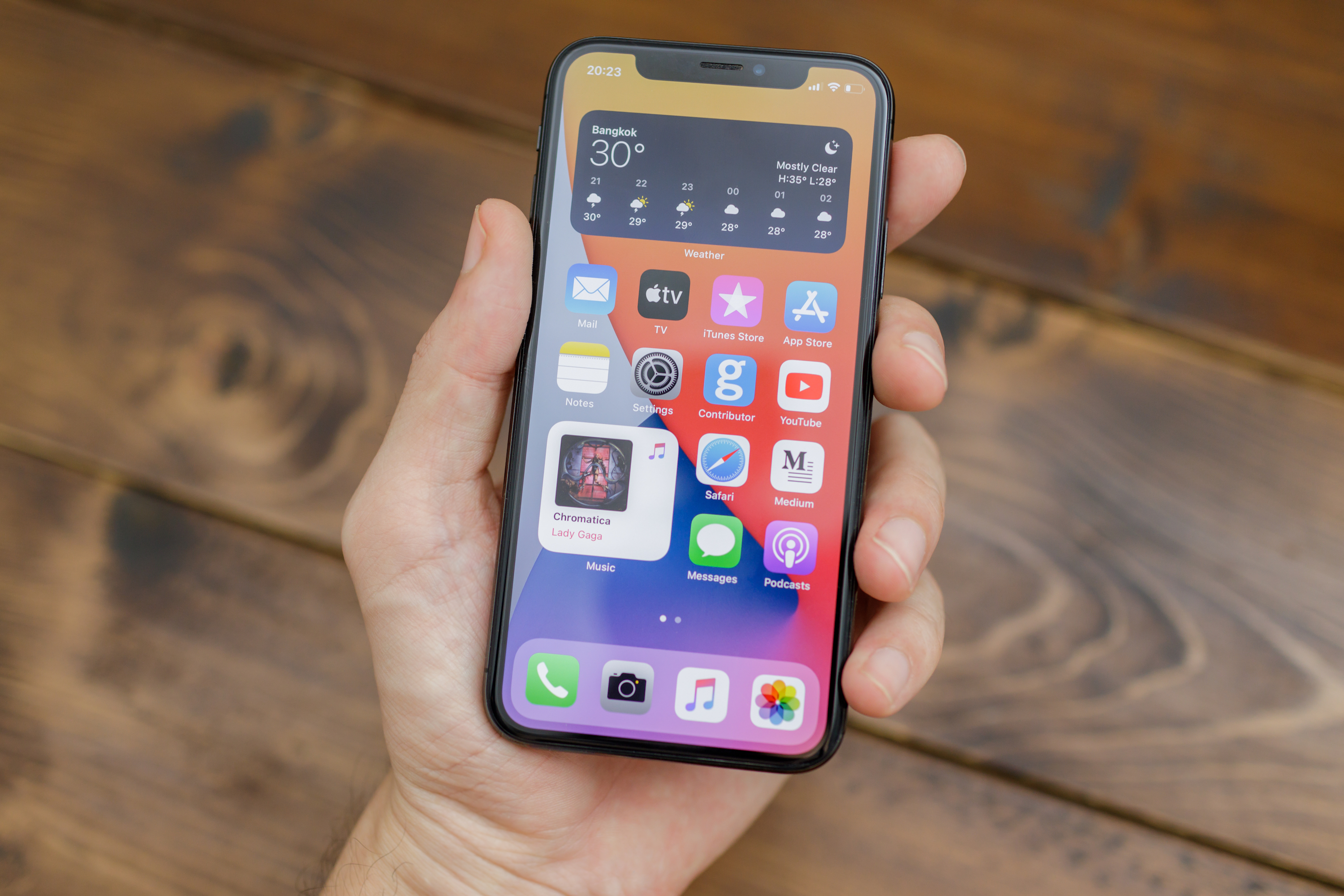Now, humans live in the digital century – the time of mobile gadgets, digital gadgets, IoT products, wireless connections, e-entertainment offerings, etc. People use cell gadgets for numerous purposes – getting facts, paying payments, communicating with friends, solving business tasks, playing video games, etc. Every mobile system requires a unique software application to ensure the suitable work of its hardware. Nowadays, the most famous OS for cellular devices are Android and iOS.
What Are the Differences Between iOS and Android Development?
Programming language. Current apps are created in Java (for Android-based total applications) and Objective-C (for iOS-based real applications). Some developers decide on Java because it is without problems comprehended, and implementing the same characteristic would require less Java code in assessment with Objective-C. But nowadays, one greater programming language is used. It is called Swift. This open-source language was created via Apple.
IDE. For coding, a unique place is needed. It includes improved surroundings, for example, Delphi, NetBeans, Visual Basic, and Google’s Android Studio. Eclipse IDE and Android Development Toolkit were used tto develop Android-based total applications. Apple uses the handiest XCode. OS. While developing iOS-based programs, the developers and testers can use the best Mac OS. But Android-based complete packages may be created on Mac, Linux, and Windows. It is an advantage. Besides that, Mac OS is more pricey than Windows. As the development method and structure of Android and iOS products vary, mobile testing of each OS’s apps may even have unique functions.

What Aspects Influence Mobile Testing?
Deployment. The variety of Android gadgets is greater than that of iOS, and updating takes extra time compared to iOS. As a result, Android testing is more time-consuming, and it requires more assets and effort. Moreover, occasionally, it is not foreseen that we will get today’s updates for numerous product strains. IOS devices no longer have this kind of trouble.
Screen length and backbone. The diversity of Android gadgets causes difficulties in their testing. There are many Android devices with exceptional screen sizes and layouts. In popular, iOS products are similar, and their checking will take much less time.
Capacities. Every Android tool has its own functionality and performance capacities, and those unique capabilities must be considered at some stage in Android. For proper running, the software product calls for the defined accommodations.
Read More Article :
- Benefits of an Android TV Box
- Samsung Gear S3 VS Gear S2: A Side-by-Side Comparison
- Must-Have Android Apps
- Android Game Vs. iOS Game Development – What Should A Developer Choose?
Usability. It is harder to execute usability by trying out Android software as the interface of numerous gadgets is exceptional. Moreover, it also relies upon the model.
In conclusion, the overall process of mobile software checking out iOS and Android is equal. However, Android testing would require more time and assets due to the many available gadgets. To carry out mobile checking out, laptop trying out, or net web page checking out correctly, these strategies should be adjusted for every organization and every task. QATestLab is an independent offshore software program testing enterprise in Kyiv, Ukraine. QATestLab checks out products at each stage of the software development cycle.








